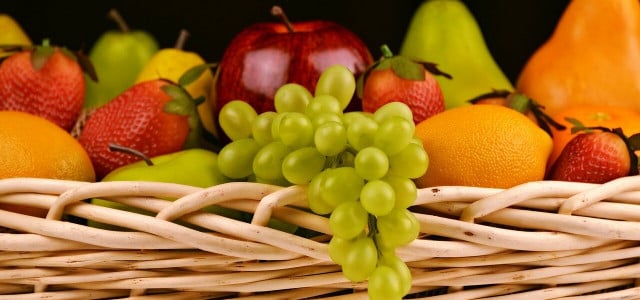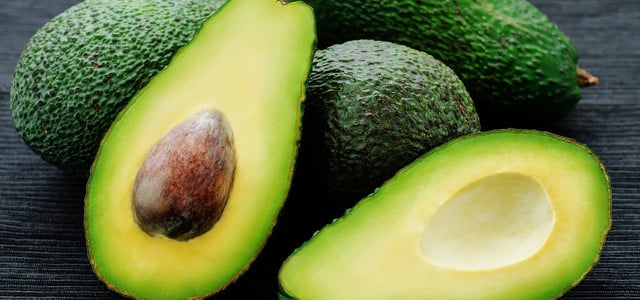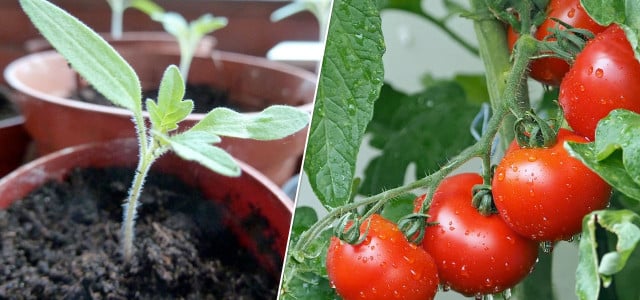If you want to get all the benefits of your fruit, but also need more protein in your diet: Check out here how to hack healthy living with high protein fruits.
Especially people sticking to a vegan or vegetarian diet might be wondering whether fruit has protein. In recent years, alternative protein sources, such as pea protein, have seen an increase in popularity. We know many vegetables can give you protein, but are there high-protein fruits?
If you are looking to pack more protein into your diet, it’s worthwhile looking in places you might not have expected. Below we will discuss the key to a healthy and balanced diet packed with high protein fruits, focusing particularly on the fruits also grown in the United States.
Guava: A Fruit That Packs Lots of Protein
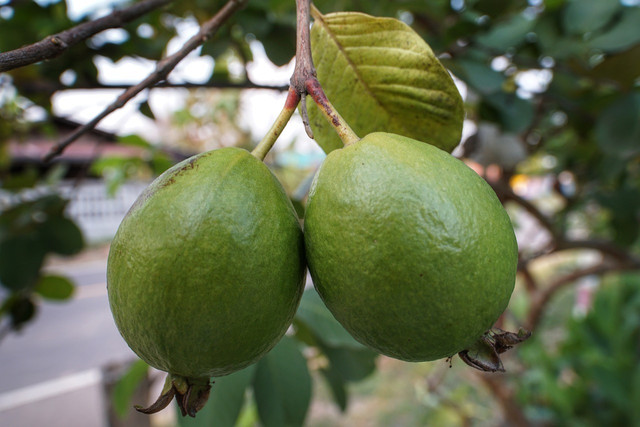
(Foto: CC0 / Pixabay / Suanpa)
One of the fruits richest in protein is the guava, with an amazing 4.2 grams in every fruit. A tropical fruit native to Mexico and Central America, you will find the guava grown commercially in the US regions Hawaii, Puerto Rico, and Florida.
The guava fruit is also high in vitamin C and fiber. It can be eaten directly by biting into it or as slices: the seeds and the skin are also edible! The main seasons are August to October and February to March.
Avocado: High in Protein, and – in Fact – a Fruit



(Foto: CC0 / Pixabay / coyot)
Though often thought of as a vegetable the avocado is actually a fruit. Get more protein out of an avocado by mashing it: 4.6 grams per cup versus 3 grams per cup when sliced or cubed. This savory fruit is also packed with healthy fat, fiber, and potassium. It is grown in California, Florida, and Hawaii and best eaten from January until March.
Worth noting, however, is the environmental impact of an avocado. Avocado plantations require lots of water, with estimates suggesting that between 227 liters and 320 liters are required to grow a single avocado. Therefore, it is best to eat less and appreciate more!
Kiwi fruit: Sweet, juicy and high in protein
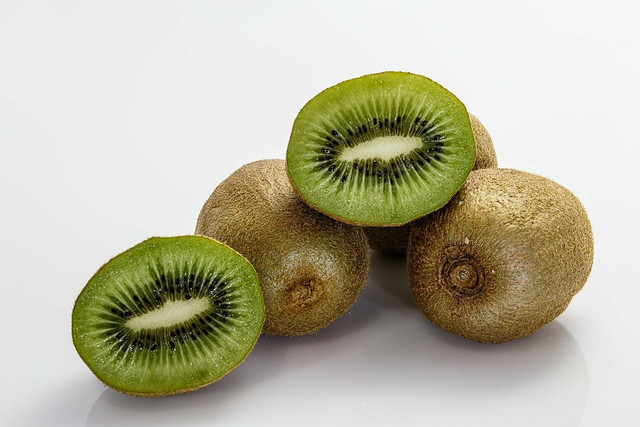


(Foto: CC0 / Pixabay / stevepb)
Native to mainland China and Taiwan, the kiwi fruit is grown commercially in California. This sweet fruit packs in around 2 grams of protein per cup. Give it a good wash and cut it in half or slice it. Fun fact: you can even eat the skin if you’d like! The season falls between November and January.
Apricot: The Summer Fruit That Packs Protein



(Foto: CC0 / Pixabay / Couleur)
In season from early May to July and mostly grown in California, a cup of sliced apricot contains 2.3 grams of protein. They can also be eaten dried in salads, in trail mixes, or alone: a quarter-cup serving will give you 1.1 grams of protein.
Blackberries and Raspberries
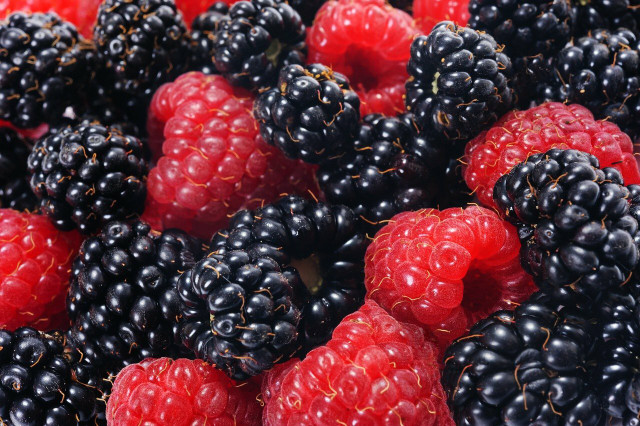


(Foto: CC0 / Pixabay / PhotoMIX-Company)
Grown in many states all over the US, blackberries, and raspberries are some of the berries that act as a great source of protein, with blackberries containing around 2 grams per cup and raspberries a respective 1.5 grams per cup. They taste great in smoothies, your morning porridge, or a fruity vegan yogurt. For extra protein, add them to your proats, a protein rich oats recipe. Find them in peak season from June to July.
Proteins in Dried Fruit: Raisins
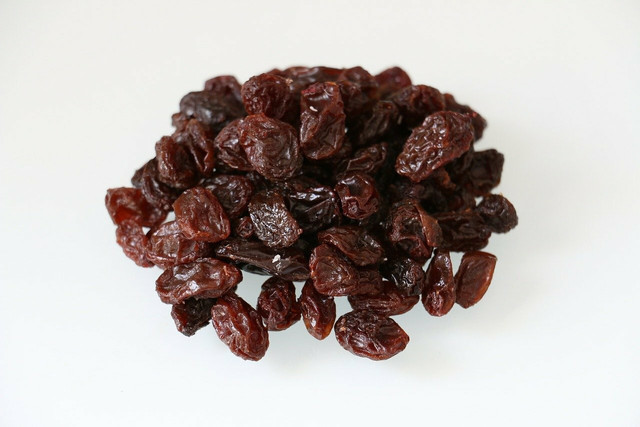


(Foto: CC0 / Pixabay / 683440)
If you are a great fan of dried fruits (and also the fact they stay fresh for longer), raisins are a good way to get some protein in with 60 containing around 1 gram. Mix them with nuts, in your (overnight) oats, or even your vegan baked oats. They can also deliver an ounce of sweetness in a salad. In the US they are grown mainly in California.
Grapefruit: Vitamin C and Protein
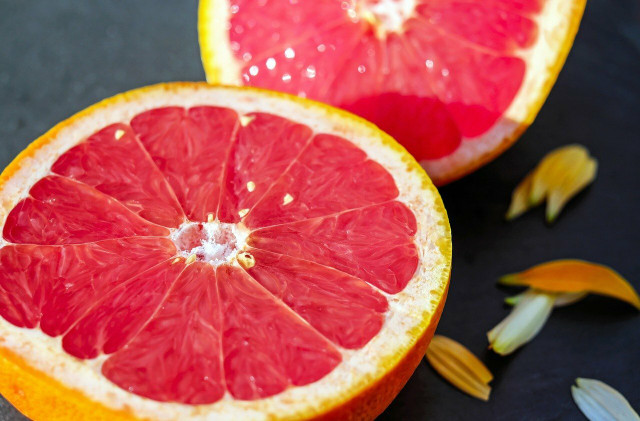


(Foto: CC0 / Pixabay / Couleur)
Grapefruit is typically grown in the states of Florida, Arizona, California, and Texas. One medium grapefruit is not only packed with vitamin C but also contains 1.6 grams of protein. Grapefruit is best eaten between November and June.
Orange: For More Protein, Bite Right Into It



(Foto: CC0 / Pixabay / tamanna_rumee)
The top orange-growing states are California, Florida, Texas, and Arizona. This citrus fruit provides another great source of vitamin C and protein with a medium orange containing 1.2 grams. Better eaten than juiced to get the most protein out of it: one cup of orange juice only has half a gram.
Cherry: A Healthy Protein Snack
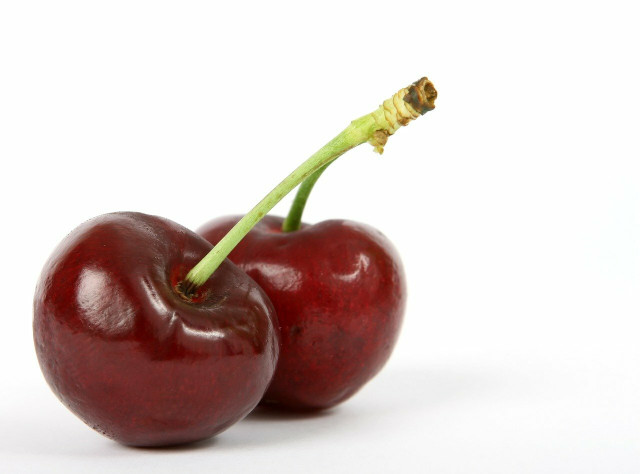


(Foto: CC0 / Pixabay / Shutterbug75)
Much of the cherry production is concentrated in Michigan and the Northwest with the season running May through to August. This sweet summer treat contains around 1.6 grams of protein per cup. Freeze them to blend into your smoothie when no longer in season.
The Cantaloupe Melon
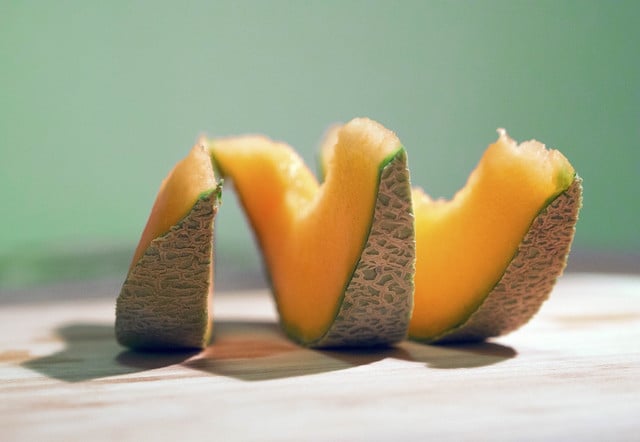


(Foto: CC0 / Pixabay / ImagesBG)
Grown in California, Arizona, Georgia, southern Indiana, and eastern Colorado, the native North American cantaloupe melon is in season from May through to September. It contains 1.5 grams of protein per cup.
Another Real Fruit: Tomato
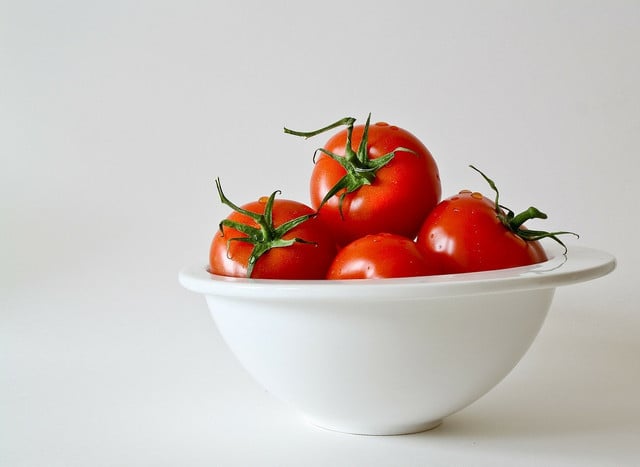


(Foto: CC0 / Pixabay / Anelka)
Another questionable vegetable-like fruit, tomatoes grow on the vine and contain 1.3 grams of protein per cup. You’ll find them in season from May to October, with Florida and California as the main producers.
Peach
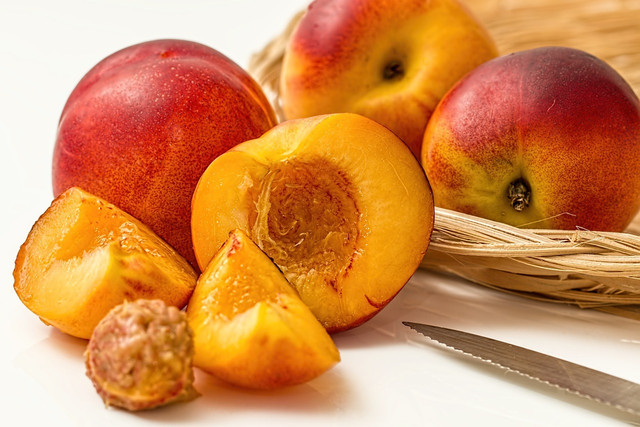


(Foto: CC0 / Pixabay / stevepb)
Around 33 states in the US grow peaches, with the summer as the peak peach picking season (May through to late September). You will find 1.4 grams of protein per cup of peaches.
A balanced diet is packed with a variety of foods including many kinds of fruits or vegetables, to fill up your daily calorie intake with all the necessary proteins, minerals, and vitamins. To make this sustainable, make sure to find out what sources are grown locally and are currently in season. Learn more about the vegan food pyramid.
Read on:
- How to Get Rid of Fruit Flies With A White Vinegar Trap
- How To Freeze Strawberries Without Losing Flavor
- Vegetarian Protein: The Best Plant Protein Sources
Important Information regarding Health-related Topics.
** Links to retailers marked with ** or underlined orange are partially partner links: If you buy here, you actively support Utopia.org, because we will receive a small part of the sales proceeds. More info.Do you like this post?






